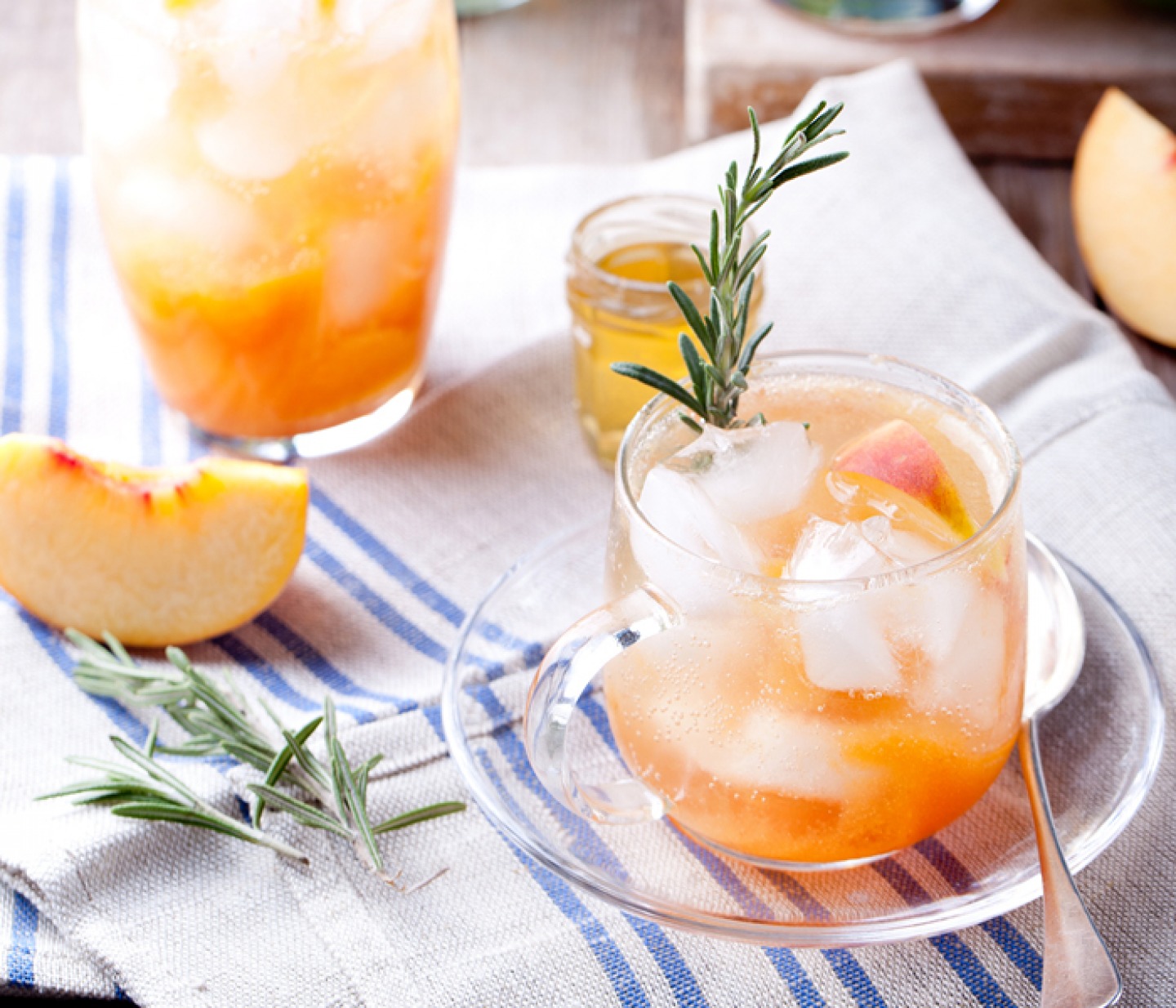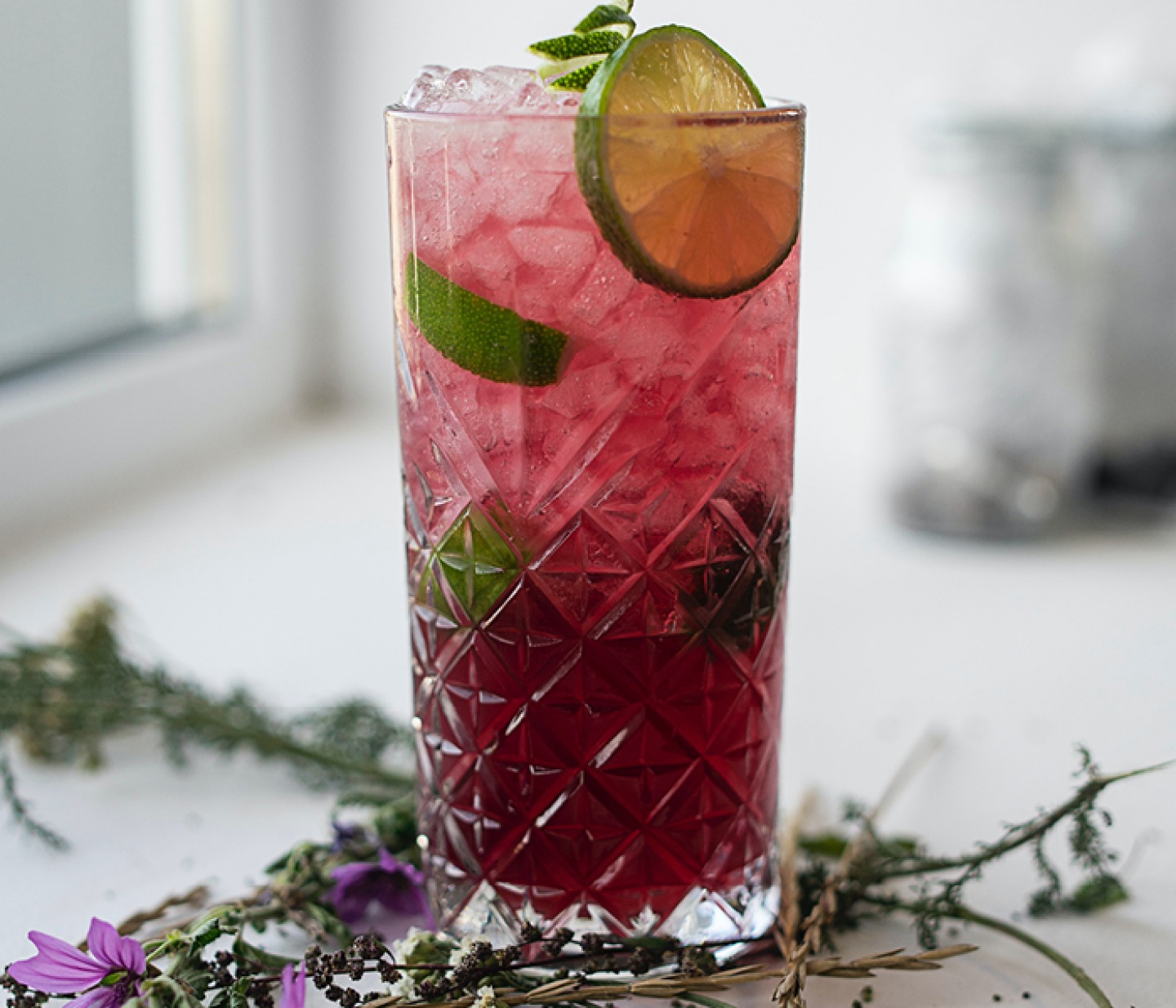Home-Grown Garnish For Your Cocktails
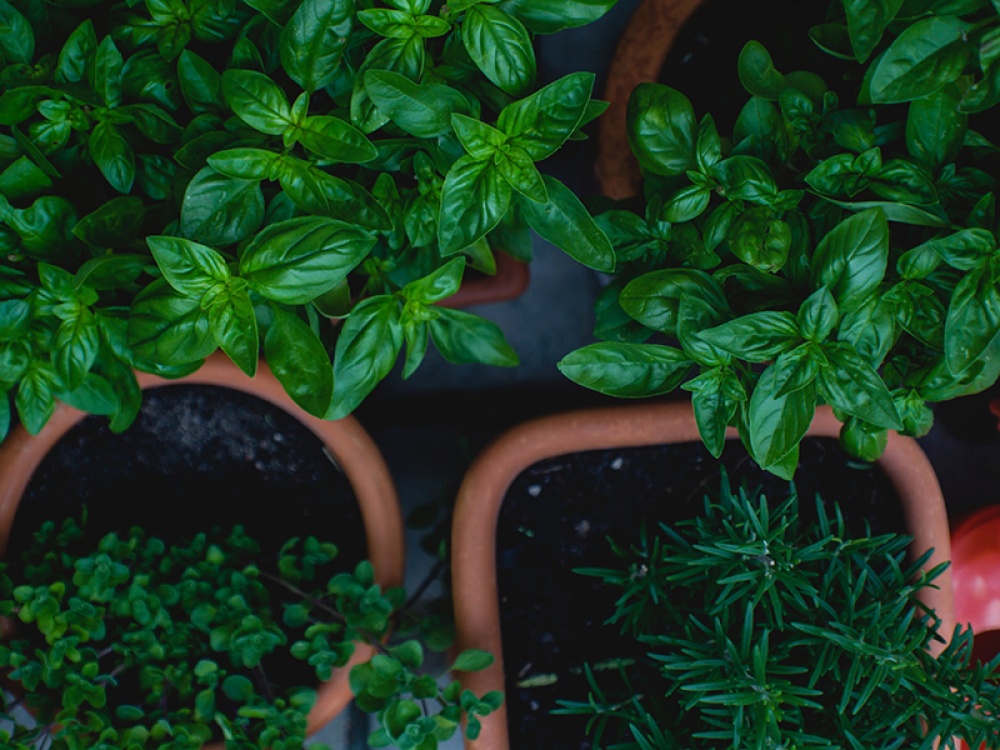
A simple garnish can not only transform the look of your drink, but adds taste and texture
The January blues are becoming a distant memory and we’re anticipating warmer weather, which makes it the perfect time to wake up your plants and start growing your own herb garden. Garnishing any drink not only adds beauty to our beverages, but taste and aroma too. Picking up a pack of herbs or garnish kit from the supermarket can often be wasteful when we only use some of it, whereas growing our own herbs gives us a constant supply of fresh, readily-available ingredients.
Herbs are among the easiest plants to grow, and you don’t need a lot of space to get started. So, whether you’ve got a perfect patch in the garden, or a well-lit windowsill in your home, you can create your very own herb garden filled with fresh garnishes waiting to be picked.
You’ll often find perennial plants (plants which live for several years) like mint, rosemary and thyme in your favourite cocktail, which is great news for those of us without green fingers because these perennials don’t need much looking after. Yes, you really can have a beautifully-garnished drink full of vibrancy and flavour, with very little effort. All you need to get started are pots and a little bit of patience.
For those wanting to grow herbs from seed, be prepared for a few knock backs as growing anything from seed is an art form. For herbs such as mint, rosemary and thyme young plants or cuttings are best, and they can be bought in the spring and nurtured in your herb garden.
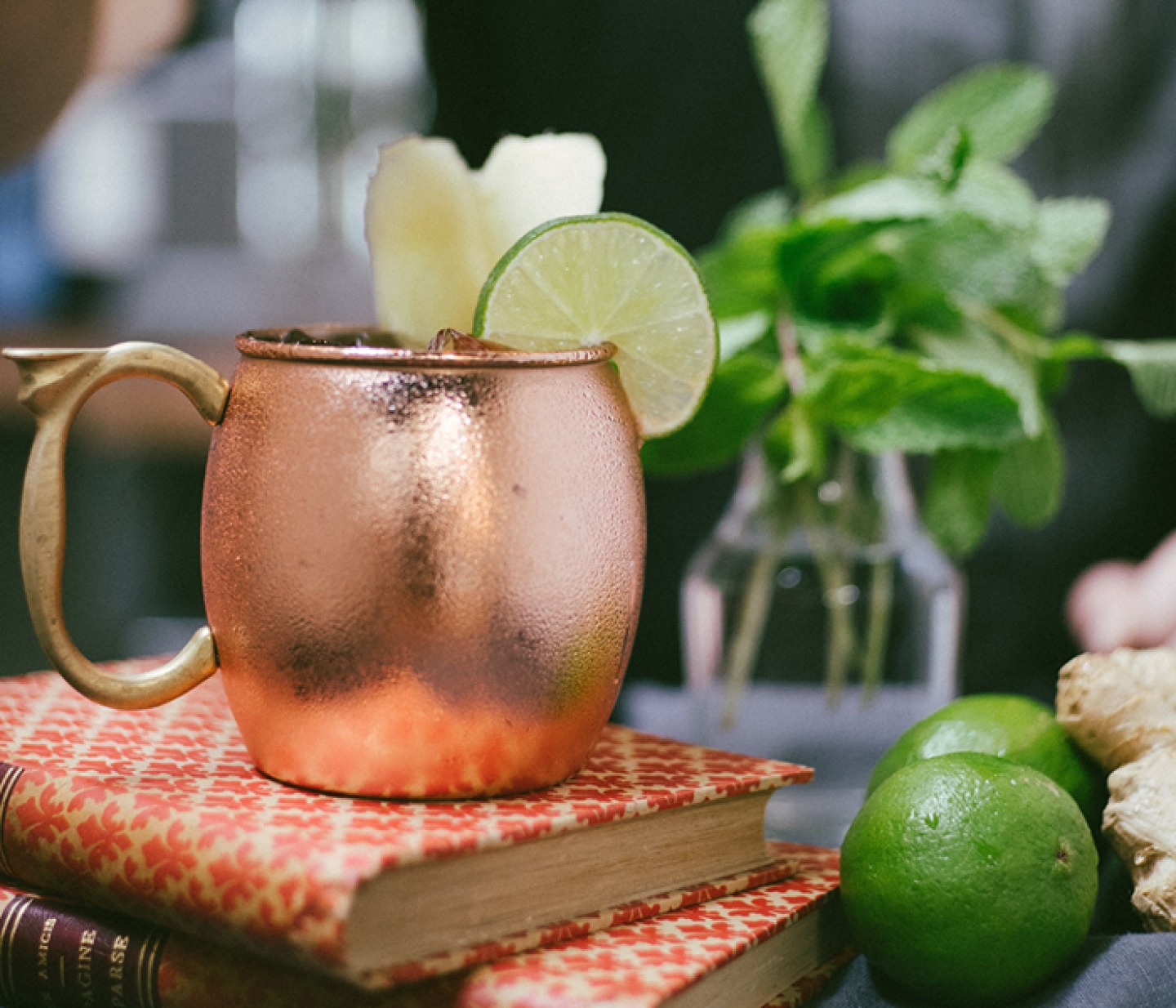
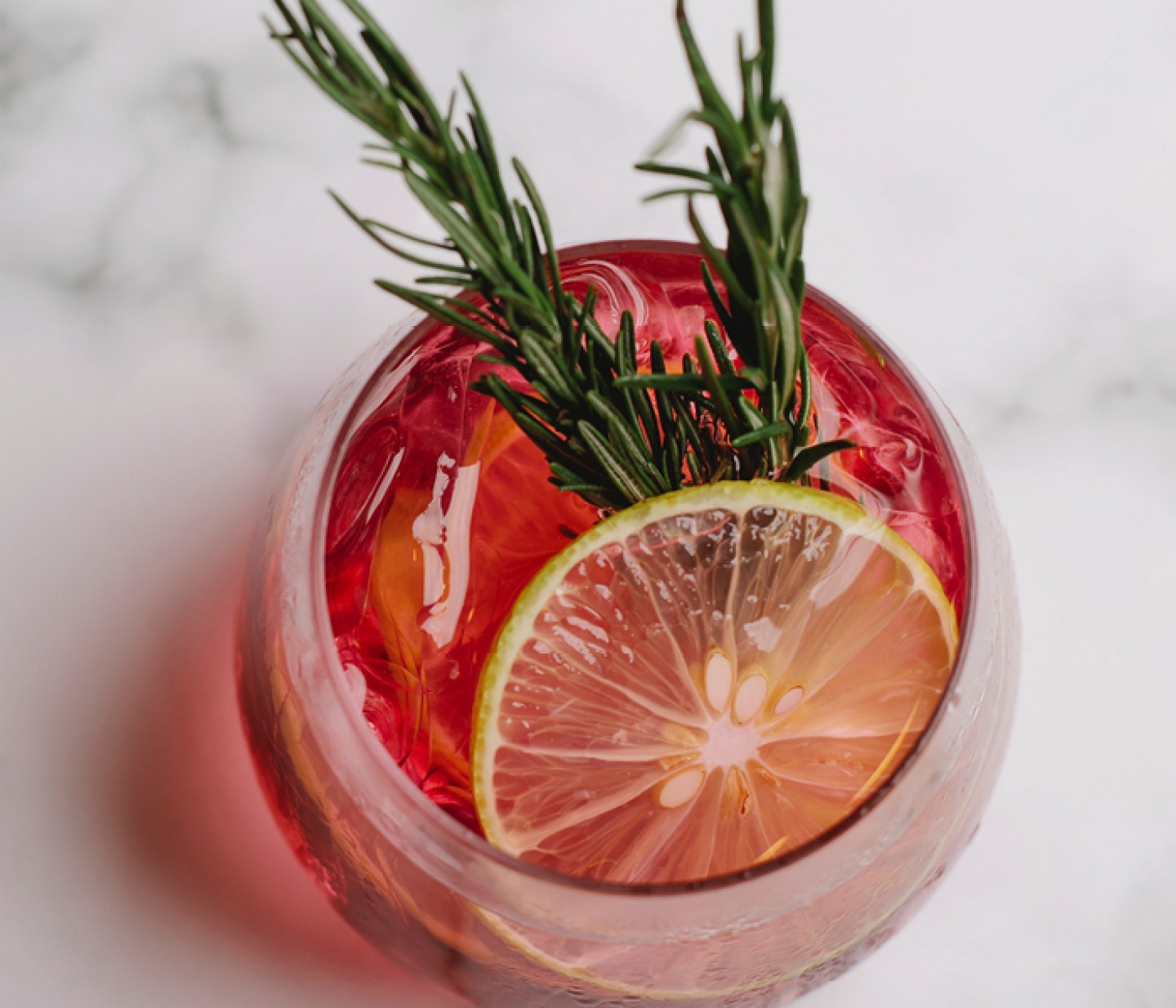

MINT
Mint is an all-time favourite which is used in many recipes, adding flavour and freshness. Its many different varieties (such as spearmint, peppermint and even chocolate mint) make the herb extremely popular, and it’s also particularly easy to grow. However, be careful where you plant your mint because it’s very invasive and will spread naturally. We recommend planting in its own pot in well-drained and fertile soil – and you can put these pots in the ground so the mint can’t take over your garden. Don’t forget to pick a sun-lit area because even though mint can thrive in partially shaded spots, the best flavours come when the leaves are fully exposed to sun, allowing the natural oils to rise to the surface and giving you a real fresh mint taste.
Top Tip: Give your mint a longer lease of life by picking the leaves and freezing them, ready to use in the winter. You can also turn them into ice cubes which is a great way to keep your mint fresh and ready to liven up any recipe.
THYME
Although small in size, thyme is mighty in flavour. Originally from the Mediterranean, this popular herb requires a lot of sunlight, so if you’re creating an indoor herb garden ensure this one is in prime position on the windowsill. Like mint, thyme has a number of varieties which differ in flavour and scent, and something like lemon thyme is great to garnish a gin with. For the strongest of flavours thyme is best harvested before blooming, which is usually around early summer. Simply snip off the sprigs and hang them in a warm, well-ventilated area.
ROSEMARY
This versatile herb has an unmistakable aroma and its evergreen properties mean rosemary can be harvested throughout the year, and it’s relatively drought-tolerant too – ideal for those of us who often forget to water the plants. Just like mint, rosemary requires little maintenance as long as the conditions are correct. This includes moist but well-drained soil and plenty of sunshine. If you’re growing your rosemary in pots keep an eye on the water levels to ensure the herb retains its flavour. To harvest rosemary, simply pull the small sprigs gently away from the main stem as this will keep the herb productive and stop it going woody. Although rosemary doesn’t freeze well, it can easily be be dried out – snip the sprigs and gently tie a bunch together before hanging in a warm, dry and wellventilated area. Once your rosemary bunch is fully dried, strip off the leaves and store in an air-tight jar.
BASIL
Basil is an annual herb used in many drinks, either muddled or as a garnish, and depending on which variety you use it can add sweet or strong aromas. Sweet basil, which can be bought at most supermarkets, is the most common because it elevates spirits such as gin. If you fancy trying to grow basil from a seed, the best time to plant it is in well-drained soil in the months of March and April. However, basil doesn’t tolerate dryness so it’s best to water it little and often (perhaps in the morning so it has time to dry). Keep basil plants in a warm, sunny and sheltered area and preferably indoors until the last frost has passed.
Top Tip: Pick individual basil leaves rather than cutting at the plant, as tearing will give off a wonderful aroma.
LAVENDER
Like thyme, this perennial herb hails from the Mediterranean and therefore requires lots of sun. The best time to plant lavender is in the spring months, from March to May, and to let the plant thrive in a sunny spot in free-draining soil. There’s a large range of lavender varieties to grow, each differing in aroma, colour and flavour, as well as varying in hardiness. English lavender is the best choice as it is hardier and longer-lived when compared to French or Spanish varieties. English lavender also has the most taste and gives off a woody and floral flavour, typically used in gins as a botanical.
